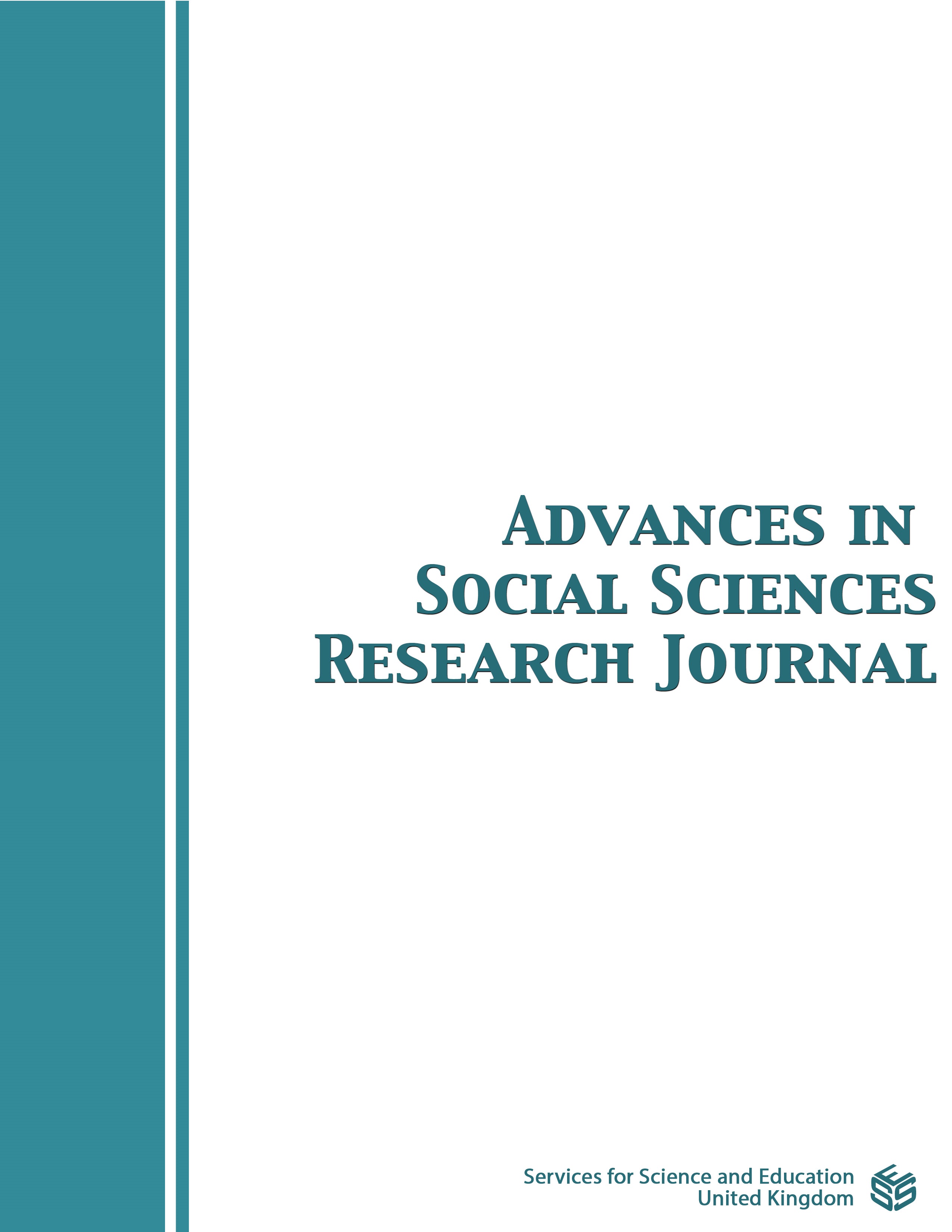Deblurring Acoustic Signals for Optimum Perception
DOI:
https://doi.org/10.14738/assrj.911.13417Keywords:
Signal processing, Blurring of acoustic signals, Machine learningAbstract
This work presents a preliminary study on the effect that a blurring mechanism has on the quality of acoustic signals. The mechanism is mathematically modeled by means of a matrix that distorts the clear (blur and noise-free) digitized signal. Then, a combined deblurring-denoising scheme, adopted from image processing, is introduced and is shown to be very efficient for the simultaneous deblurring and denoising of the acoustic signal in cases where the blurring mechanism expressed through the corresponding matrix is known. Approximate matrices close to the actual one may be proven adequate for specific applications but it is important that the type of the matrix is approximated as much as possible. Comparison of raw and clear signals is made using a statistical characterization scheme, which is also appropriate for cases where the signal features have to be exploited for applications involving machine-learning. The deblurring of acoustic signals improve their quality and enhance their perceptibility, in favor of their exploitation for a wide range of applications, including human communication.
Downloads
Published
How to Cite
Issue
Section
License
Copyright (c) 2022 Michael I. Taroudakis, Viktoria Taroudaki, Costas Smaragdakis

This work is licensed under a Creative Commons Attribution 4.0 International License.
Authors wishing to include figures, tables, or text passages that have already been published elsewhere are required to obtain permission from the copyright owner(s) for both the print and online format and to include evidence that such permission has been granted when submitting their papers. Any material received without such evidence will be assumed to originate from the authors.






